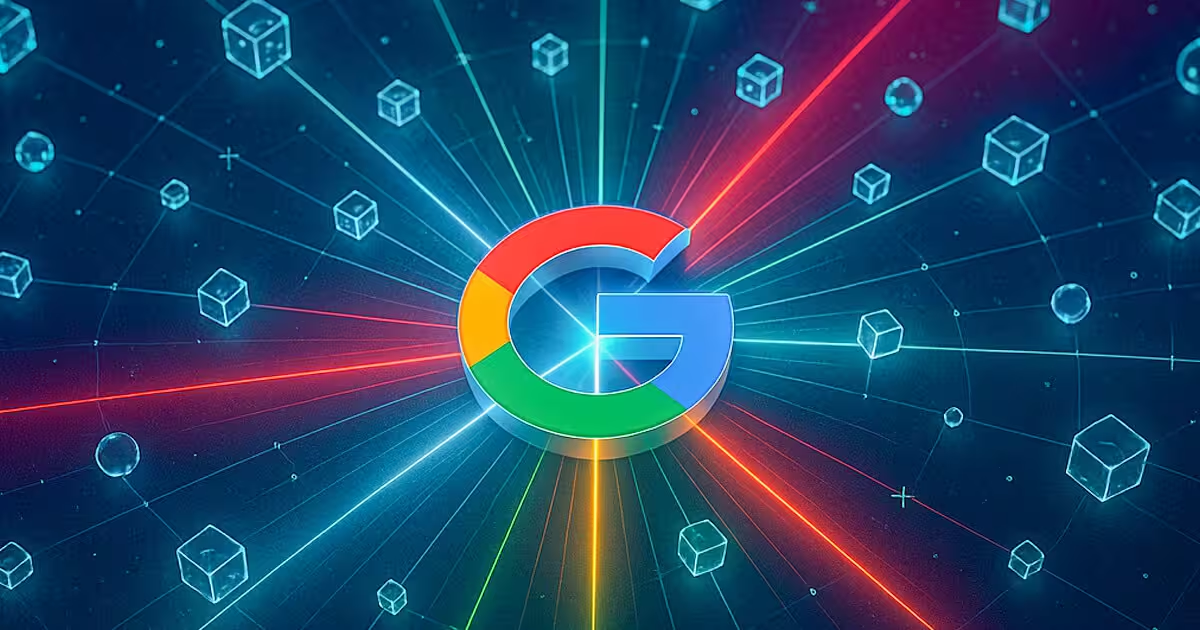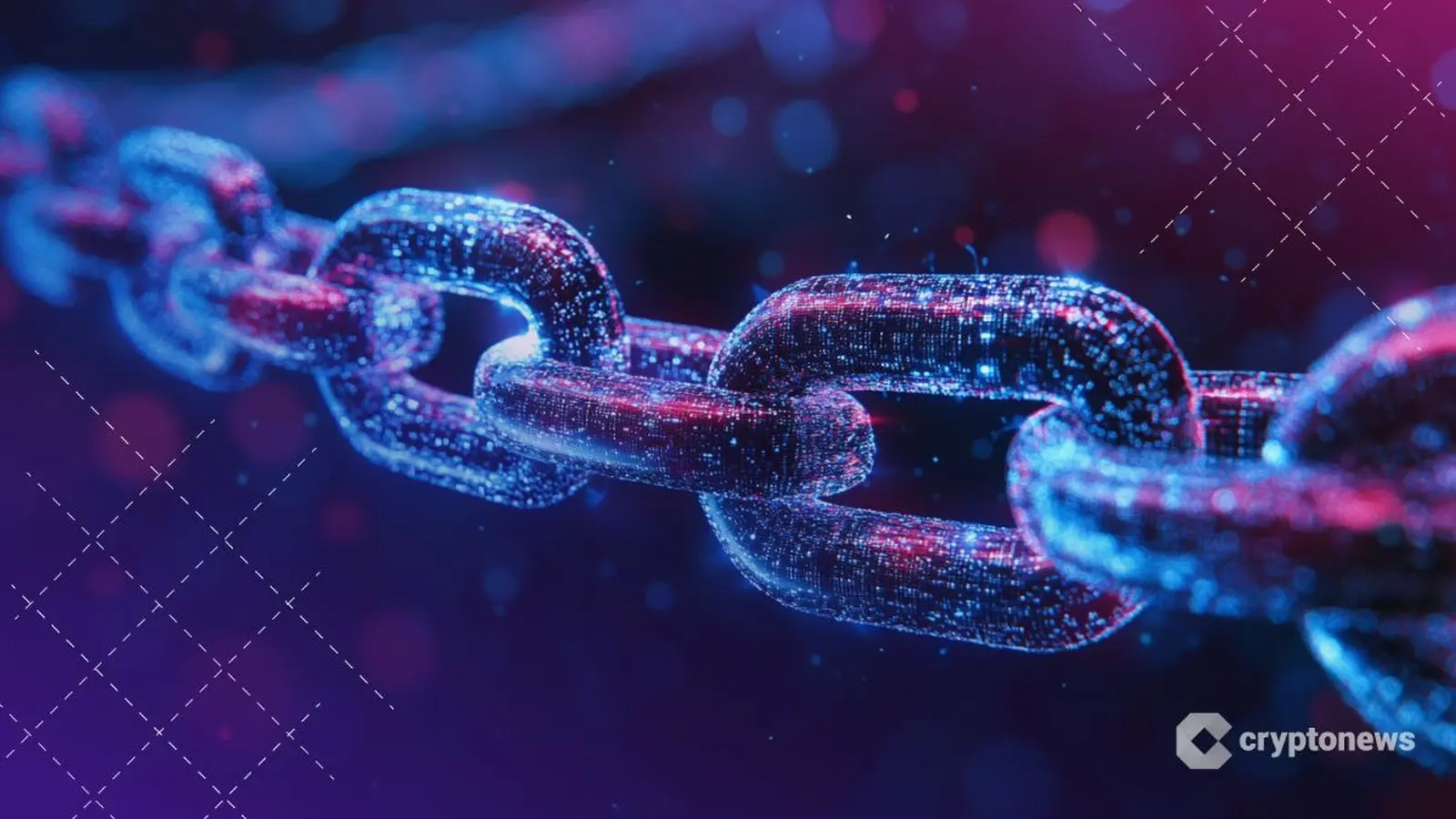5 Minutes
Google Cloud's Layer-1 Push into Financial Infrastructure
Google Cloud has unveiled the Google Cloud Universal Ledger (GCUL), a Layer-1 blockchain platform designed to support tokenized assets, wholesale payments, and Python-based smart contracts for financial institutions. Running today on a private testnet, GCUL represents a strategic shift for Google from hosting public chains to developing its own protocol-level infrastructure for institutional use.
Technical scope and intended use
GCUL is being positioned as a neutral, institution-focused ledger layer. According to Rich Widmann, Google Cloud's global head of strategy for Web3, the platform aims to provide "native commercial bank money on-chain," continuous capital-markets infrastructure, and agentic capabilities such as automated settlement processes. The chain supports Python-based smart contracts, which lowers the barrier to entry for many enterprises because Python is widely used in finance, data engineering, and scientific computing.
What makes GCUL a Layer-1 blockchain?
Layer-1 (L1) denotes a base protocol or ledger where transactions are recorded and consensus is maintained. Unlike Layer-2 solutions that settle on top of an existing chain, GCUL is built as a foundational protocol intended to host tokenized assets and execute settlement logic directly on-chain. This architecture aims to reduce operational complexity for institutions by combining ledger, smart-contract execution, and settlement rails in a single platform.
Context: institutional pilots and industry positioning
GCUL emerged publicly after a joint pilot with CME Group, announced earlier this year, that explored tokenization and wholesale payments on a distributed ledger. While that pilot initially avoided the explicit L1 label, Google Cloud has since clarified GCUL's role as a Layer-1 ledger. The project was compared by Google to other institutional initiatives such as Circle's Arc (designed to deepen USDC utility) and Stripe's Tempo (an Ethereum-compatible payments chain). Google emphasizes that GCUL intends to act as a common infrastructure layer for multiple banks and partners, rather than a vertically integrated corporate network.

Private testnet and validation
GCUL currently operates in a private testnet phase. CME Group's participation in the pilot is being interpreted as an early validation: major financial market infrastructures and banks increasingly evaluate blockchain-based settlement mechanisms to speed reconciliation, reduce counterparty risk, and support tokenized securities or cash equivalents.
Scientific and technical background: tokenization and smart contracts
Tokenization converts financial instruments or assets into digital tokens recorded on a ledger. This enables atomic settlement (simultaneous exchange of tokenized asset and payment), programmability through smart contracts, and potentially 24/7 clearing and settlement. Python-based smart contracts make it easier for traditional quant teams, risk engineers, and data scientists to develop and audit business logic because Python has rich libraries for numerical analysis and testing.
Debate about neutrality and decentralization
Observers and users on social platforms have questioned whether a ledger built and initially operated by Google can be truly neutral or decentralized. Widmann has argued GCUL is intended for broad institutional adoption—"any financial institution can build" on the ledger—and suggested that other cloud or enterprise operators, such as Amazon or Microsoft, could eventually run nodes or participate directly. Long-term neutrality would likely depend on governance, node distribution, and open protocol standards rather than a single operator's control.
Related technologies and implications for finance
GCUL sits at the intersection of cloud infrastructure, distributed ledger technology, and financial market utilities. Related technologies include secure multiparty computation for privacy-preserving settlements, token standards for fungible and non-fungible assets, and interoperable payment messaging protocols. If GCUL achieves broad adoption, potential impacts include faster cross-border wholesale payments, lower settlement risk for tokenized securities, and automated corporate actions through smart contracts.
Future prospects and ecosystem participation
Google has signaled that GCUL could transition from a company-operated testnet to an ecosystem-run ledger where third parties operate nodes. Widmann hinted that firms such as Amazon or Microsoft may eventually run GCUL instances, enabling those companies to serve their enterprise customers directly. Further technical details and governance proposals are expected in coming months as GCUL moves beyond early pilot phases.
Expert Insight
Dr. Elena Morales, a fictional but realistic senior researcher in distributed systems, comments: "A Layer-1 ledger with Python smart contract support lowers the technical barrier for many financial institutions. The critical tests will be governance, privacy controls, and interoperation with existing payment systems. If Google can demonstrate a transparent, multi-operator governance model and strong privacy-preserving settlement primitives, this could accelerate tokenization and real-time settlement in capital markets."
Conclusion
Google Cloud's Universal Ledger marks a significant move into protocol development for institutional blockchain use. By combining a Layer-1 architecture, Python smart contracts, and private testnet validation with partners like CME Group, GCUL aims to support tokenization, wholesale payments, and continuous settlement services. Key challenges remain—chiefly governance, decentralization, and interoperability—but if those are addressed, GCUL could become an influential infrastructure layer for the tokenized financial system.
Source: cryptonews


Leave a Comment